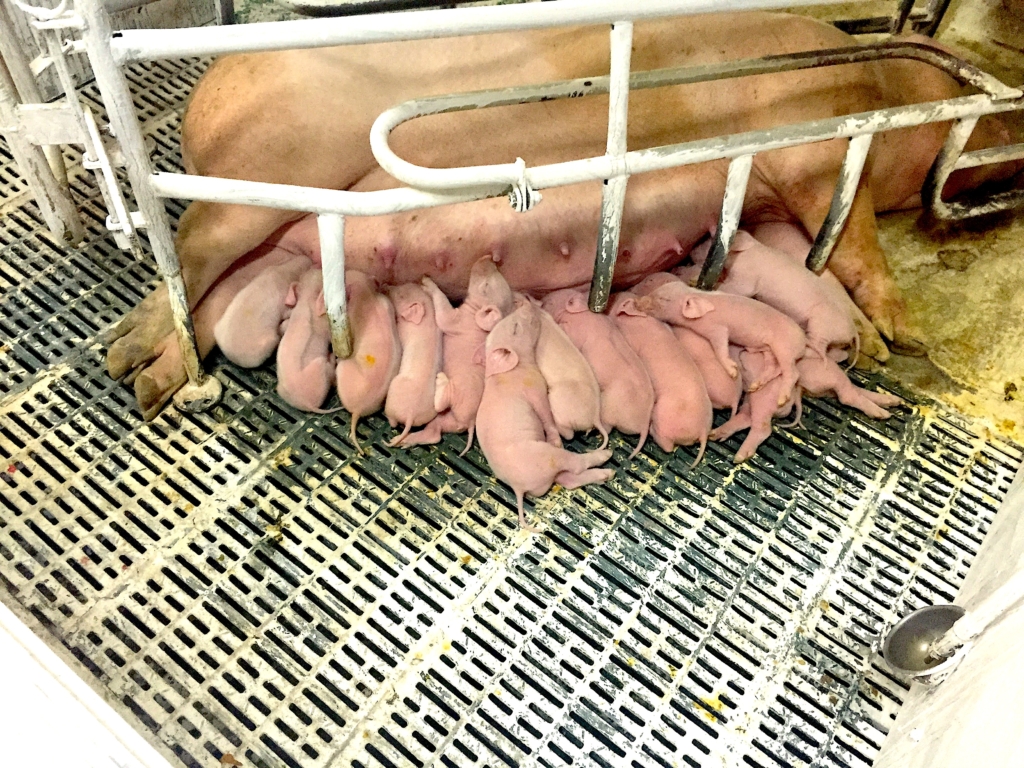
Tyler Fulton, the director of risk management with Hams Marketing Services, advises pork producers to focus on risk management strategies amid the market volatility created by Russia’s invasion of Ukraine.
Up to the last week of February, futures markets had rallied to some of the highest levels in years. However, since then the futures market has been experiencing uncertainty associated with all of the factors from Russia’s invasion of Ukraine.
All commodity markets are questioning the fundamentals they have traded on. So, for example, while Russia and Ukraine don’t directly influence meat protein markets worldwide, they significantly impact feed grain prices and supply.
“We have to go back to 2010, when they were a significant player in terms of bringing pork or other meat products into that country. Since then, they have built up their meat industry and have become much more self-sufficient in meat protein, so that’s not the factor that’s making things uncertain.”
It’s more on the feed grains and even energy and fertilizer markets. Germany for example imports a fair amount of feed grains from Ukraine and that region. It would have a pretty significant impact on their cost of production and therefore the size of the herd and the supply that comes out of western Europe.
Fulton advises producers to keep an eye on global feed prices and strategies to mitigate the effects of that volatility and the inflationary trends.
Predicting which way things will go with the current situation is a bit of a fool’s game, but there are tools to secure hog prices and feed costs and he suggests using those tools.
But on the other hand, Fulton expects tight North American hog supplies and potential increased pork demand from China to limit the impact of Russia’s invasion of Ukraine on North American hog markets.
“One thing to watch for is the possibility of seeing more significant influence from China in terms of imports, especially if we start seeing a further slide in North American prices.”
That might become a trigger point for purchasing higher volumes from North America. The other situation is, just broadly, what are global feed grain prices doing and what strategies can producers take to mitigate the effects of the volatility and those inflationary trends on the feed grain side. How does that factor into their whole farm risk management plan?
“We’re still dealing with a relatively tight supply; tighter than really anybody had anticipated. With, for example, year-to-date hog slaughter in the United States down eight per cent, that is a tight scenario, so it’s unlikely that we’re going to see a significant drop in prices.”
One thing that will be a pretty steady theme is the uncertainty and the volatility that goes with that connection to the whole situation in Ukraine.
Fulton repeated there is mostly uncertainty whether all commodity markets question the trading fundamentals and global feed prices and concentrate on strategies to mitigate the effects of that volatility. •
— By Harry Siemens




